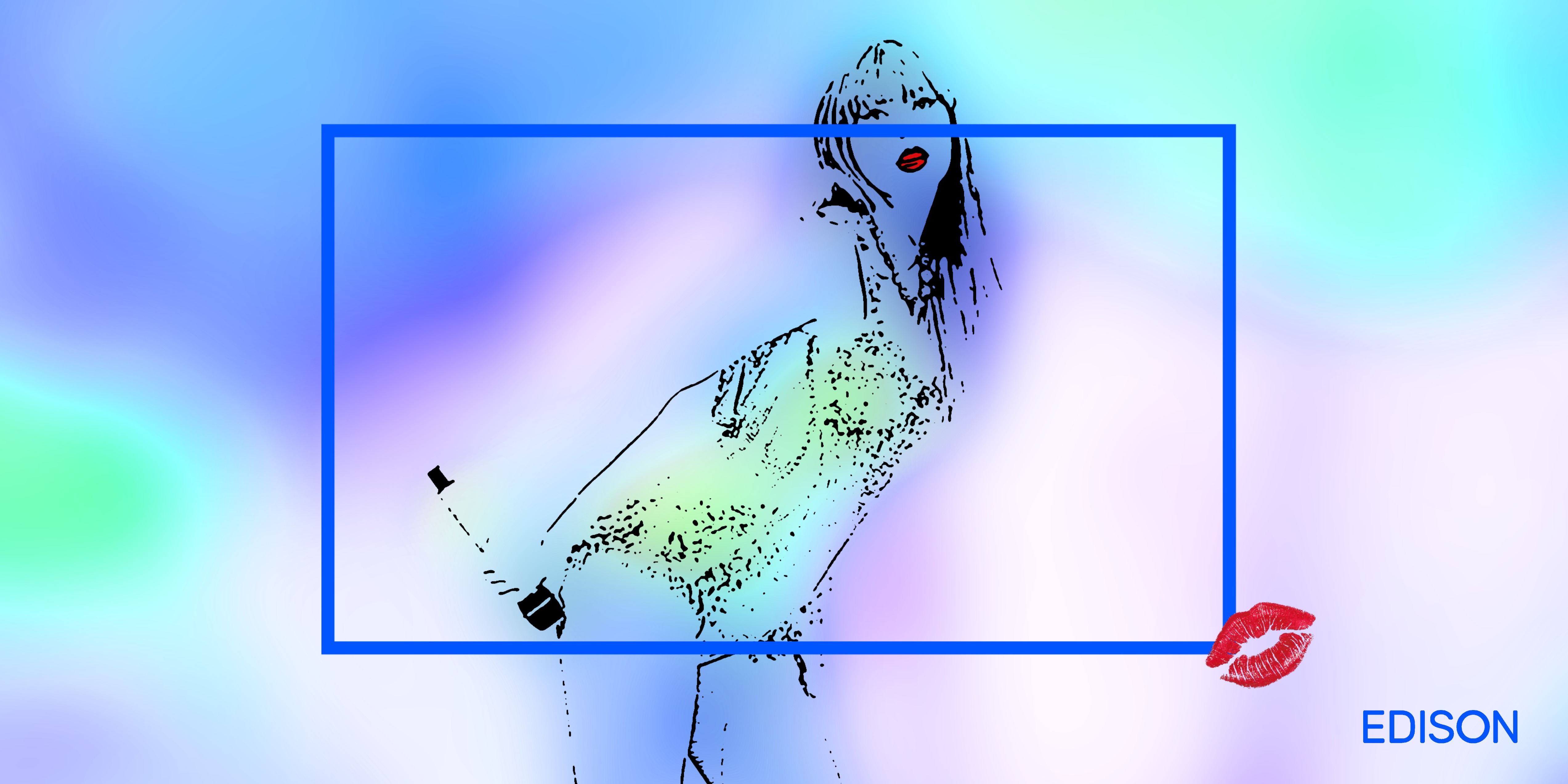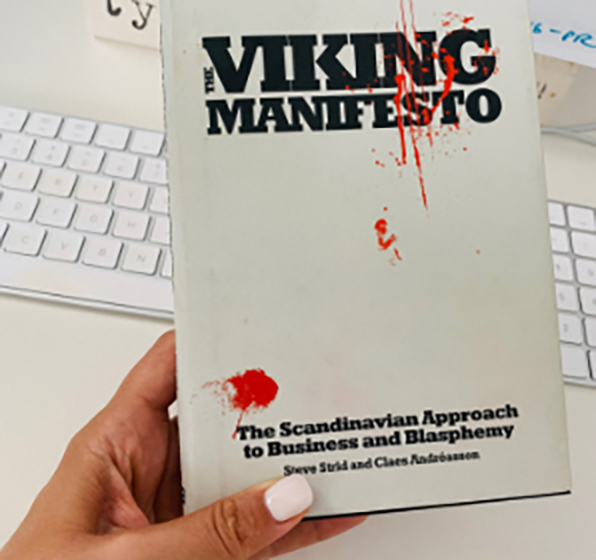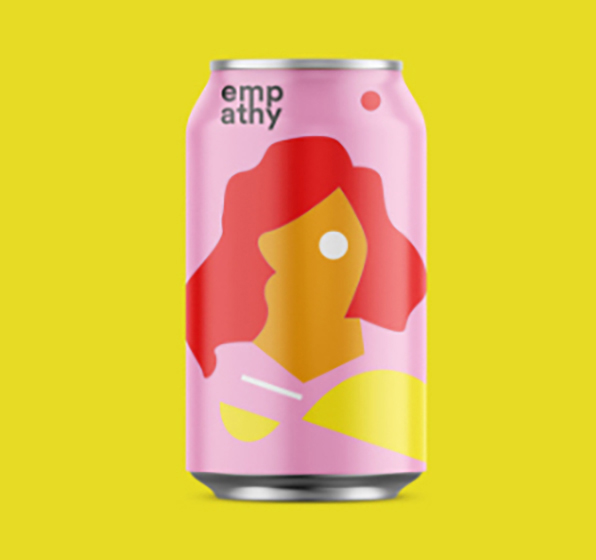Why Taylor Swift is the ultimate brand master.
Credit where credit is due. For the past 6 months Australia has been swept up in a pop culture phenomenon that consumer brands across the world should be looking to for inspiration on how on to nail an authentic customer experience. That brand is Taylor Swift or Tay Tay, T-Swizzle, Blondie – you know who I mean. Noting that there is conjecture in the industry on the ethics of connecting the word brand to real people, social media influencers reference themselves as ‘brands’ and product and service are also brands, cattle are branded and sporting codes use the word ‘brand’ to denote quality and playing integrity.
But let’s talk Taylor, indulge me. The woman is undoubtedly an ultimate master of CX strategy and execution. A rare gift not often seen at the scale and depth her global music empire stretches. Tay Tay, as millions of fans across the world have affectionately re-named her, is one of the best modern-day examples of exceptional brand image management – her originality, craft, continuity of persona and execution of strong brand codes are what marketing and branding dreams are made of.
I speak from experience on this, both as a branding person and as one of the privileged small per cent of people who attended her Australian event. With over 12 months of intense build up, a week-long anxiety-filled flurry to securie tickets using 4 different devices and the build up at home and across WhatsApp groups and the never-ending trips to Spotlight to buy more materials for the friend-ship bracelets. The sparkles. The glitter. The banter. The excitement, The Pintrest “what to wear” boards. The playlists on afternoon and weekend rotation.
All of that and not a single disappointment with the execution of a mammoth promise of what the Eras tour would deliver. Swift's brand of entertainment and commitment to delivering exceptional experiences has been executed globally with unwavering continuity, a transcendence described by women’s media expert Mia Freedman akin to “… a religious experience”. Brand and religion, could turn ugly quickly right? It’s a topic I’ll be researching further in coming years because I’m fascinated by the role design plays in creating deep and memorable connections for people and communities. In the Australian 2021 Census data shows that Australia’s religious identification is becoming more diverse, those identifying with having “no religion” has increased from 22.3 per cent (2016) to 30.1 per cent (2021). It could be argued that in Australia, the “religion gap” is being substituted by consumers preference for branded products and human hero’s (Taylor Swift) as a means of self-expression, community connection and worship.
Taylor Swift has 281 million followers on Instagram. Time appointed her "Person of the Year". The Pennsylvania-born singer has broken record after record for albums, downloads, awards, concert tickets, evolving from pop icon to brand phenomenon with much of the world caught up in her wake. Yes Mia, I agree that the build up to, and physicality of the event, did feel like a transcendent religious-like experience.
American author and Professor of English, James Twitchell, describes consumers connection with products in a religious metaphor when he says “Brand stories act like religion not just by holding people together but also by holding individual experiences together ... We cluster around [brands] as we used to cluster around sacred relics; we are loyal to them like we are loyal to symbols such as the flag; we live through, around, and against them. Brands have become members of the new and improved family of man (2004).
While there are undeniable connections between religion and branding in their human influence and affinity, the ritualistic and sensorial attributes like sound, place, artefact, and symbolism used in events such as the Eras Tour have strong parallels to those used in organised religions for thousands of years. Creating environments aimed at signifying trust, safety, worship, and community. In Australia, this fan-mania not only swept up a nation of dedicated ‘Swifties’, but heavily influenced peripheral pop culture lovers, parents, carers, policy makers and brand owners. Australian brand icons like Arnott’s Tim Tams, Dulux, Vegemite and NRMA’s roadside “a-swift-ance” capitalized on the emotional wholesomeness of Taylor’s brand image in clever, playful and satirical activations. And while the marketing and communications industry are busy praising the efforts of those who moved with the most agility, charm and wit, I’m more interested in understanding what we can learn from the woman herself.
Respected marketing expert, Mark Ritson, recently wrote an opinion piece on Nestle’s famous KitKat brand, claiming that “tight positioning, a respected heritage and simplicity is the recipe for uniting the double D- differentiation and distinction”. Mark speaks about the often-misunderstood difference between differentiation and uniqueness, the argument being that to be different ones does NOT have to be unique, they just need to be single minded and consistent message in their marketing efforts and utilisation of brands codes (or distinctive assets as Dr Jenni Romaniuk would coin it). Let’s talk about in connection to brand Swift.
- DIFFERENTIATION:
Taylor as an artist in not unique or highly differentiated in her music genre, fashion aesthetic or personal beliefs. There have been many highly differentiated females artists like Bjork, Sinead O'Connor, Ella Fitzgerald who have not risen to the same amount of fame at a global scale over an enduring time period. Taylor Swift has kept her “brand” simple, doubled down on her storytelling prowess (writing and co-writing much of her 14 album catalogue), her personal vulnerability and feminist convictions. - DISTINCTION:
Taylor’s brand codes – her aesthetic and attributes associated with her brand running into the thousands on Pintrest. Concepts associated with her brand image are derived from her album artwork, music videos and concert costumes. Without question, the strongest codes used with continuity are:
- Red lips,
- Sequins and glitter,
- #13 (her favourite number),
- Cowgirl boots and hat,
- Her fringe,
- #1989 (iconic album),
- Acoustic guitar.
Her brand palette, those distinctive codes used across all touch-points with single-minded repetition powerfully harness 3 of the 5 core human senses, sight, sound and touch. The overwhelming spectacle of her Eras tour was delivered using light, sound, flames and pyrotechnics to create 4 hours of total intense brand immersion. The colour. The joy. The generosity of strangers as they swapped friendship bracelets. The singing. The tears. All distinct, all differentiated, all very close to the intensity and ritual of a compelling religious sermon.
BRAND IMAGE IMPACT:
In most cultures, what we value does depend on our cultural heritage, lived experiences and personal values. Independent female owned media company Women’s Agenda says that Taylor Swift embodies a core part of what it means to be Australian - mateship. Statistics from 2021 UNSW research that found that 65 per cent of Australians understood mateship to be a key feature in the Australian national identity. Despite its masculine “blokey” roots, it was more women who identified with the essence of mateship than men. Interesting.
As we approach another International Women’s Day in March, Taylor Swift is a glittery reminder of centuries of advertisers error in historically dismissing the tap-and-go commercial power of girls, young women and their adult careers, who dominate Taylor Swift’s consumer base. Melbourne’s Lord Mayor Sally Capp said the tour could generate 1.2 billion Australian dollars (about $780 million) in economic value in Melbourne alone and globally, her tour has been dubbed “Swiftonomics” due to its economic impact everywhere she tours.
So who can begrudge the multi-billion dollar empire that is Tay Tay brand when she works so damned hard to bring originality, spontaneity, joy and community connection to her fans from all walks of life. Not I. Her brand is a shining, glittery, god-like example that brand owners should look in how you can reinvigorate your brand without losing connection. How to build a ground swell of adorers who feel safe in your spaces. How to use your brand codes palette to signify integrity and a promise of something incredible you know you can deliver. How to be simple, consistent but with an edge of surprise and magic.
We should all be singing high praises to the ultimate brand master, Taylor Swift.
#fearless
#champagne problems
#red
Written by Amber Bonney
Founder and Executive Director Strategy and Creative





